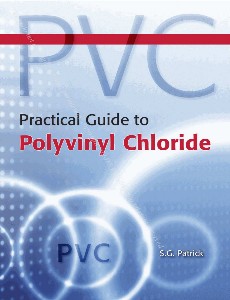Polyvinyl chloride (PVC) has been around since the late part of the 19th century, although it was not produced commercially until the 1920s; it is the second largest consumed plastic material after polyethylene. PVC products can be rigid or flexible, opaque or transparent, coloured, and insulating or conducting. There is not just one PVC but a whole family of products tailor-made to suit the needs of each application. Rapra"s Practical Guide to PVC is packed with information for everyone working with PVC. It provides comprehensive background on the resins and additives, their properties and processing characteristics, as well as discussion of product design and development issues. PVC is extremely cost effective in comparison to other plastics with a high degree of versatility in end-use and processing possibilities, as the reader will note from this book. It is durable, easily maintained, and can be produced in a large range of colours. all areas of human activity, including medical equipment, construction applications such as flexible roof membranes, pipes and window profiles, toys, automotive parts and electrical cabling. The PVC industry has also started to tackle some of its end-of-life issues. There have been, and still are, issues and perceptions over environmental and health acceptance covering vinyl chloride monomer, dioxins, phthalate plasticisers, and lead (and cadmium) based heat stabilisers and these are discussed in depth in this book. This book will be of interest to raw materials suppliers and processors or end-users of PVC, as well as anyone with a general interest in this versatile material.
< หน้าหลัก / หนังสืออิเล็กทรอนิกส์ / Practical Guide to Polyvinyl Chloride >
Practical Guide to Polyvinyl Chloride

เนื้อหาอย่างย่อ
หมวด: Textbook - โพลีเมอร์ พลาสติกและยาง

.png)
.png)
.png)